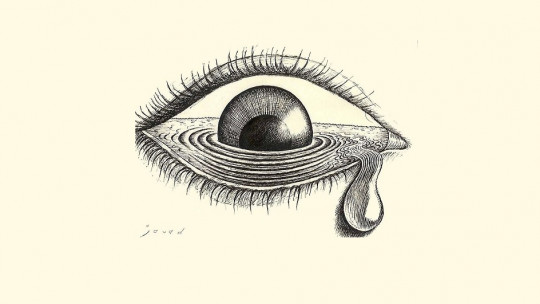
Therapists have the daily privilege of sitting with our clients and establish relationships with a variety of people who perhaps in other professions or areas of human experience would not be so accessible.
This fact, at least for me, is a gift that enriches our professional and even personal experience and allows us to delve into our deep knowledge of the human being, a desire to know that I believe is inherent in any professional who dedicates themselves to psychotherapy.
Through our intervention we bond with the souls who come to our consultation and we accompany their suffering in the best way we know how.
The patient’s suffering
Without exception, all the people we are lucky enough to accompany arrive at our centers with, in most cases, a greater or lesser amount of suffering in the form of a state of emotional dysregulation.
Today, we already know that a hyper-activation of the emotional state or a hypo-activation of it are not abstract phenomena, but are physiological processes that can be well measured in our nervous system.
The variation in our state of emotional activation will fundamentally depend on two variables; on the one hand, our temperament, and on the other, all the experiences that make up our life story.
What are we people?
The temperament is going to be given to us will make up the hand of cards in that deck with which we come to play on our journey through life and will determine us as more emotional – perceptive or more analytical – structured beings.
The former treasure the imprint of experiencing emotions, as I usually convey to my patients, in high definition. Both the regulated states and the most disturbing ones will be an enjoyment and a challenge for them in emotional management.
The latter have the challenge of reconnecting with their body and feeling their life experience, since their imprint leads them towards the attenuation of their main energy source, which is their emotions.
We also know that the first group has a predominance in its nervous system of the right cerebral hemisphere, the natural manager of the visual, perceptive, and creative; and in the latter, the left hemisphere is predominant, managing analysis and processing that is more anchored in reality.
For their part, life experiences will shape our self and also place us in a level of emotional activation base on which we will acquire the tendency to move most of the time.
Of special importance are the experiences lived in the first years of life, and especially those lived with link figures (mother, father or main caregivers).
From very early on, all of us will need to live experiences in which we feel that there is a look that gives us the necessary security to begin the path of exploration and autonomy.
Basic security or basic alert
A very high percentage of people who come to therapy have not been lucky enough to have that emotional gaze placed on them in their life stories and this is why their internal world does not move with enough calm and security to feel who live with well-being.
To recover that internal security that in many life journeys has been denied from very early on, to this day, psychotherapy, hand in hand with neuroscience for several decades, has developed many and varied techniques that seek aspects that have proven very useful for this, such as presentification, rootedness, rediscovery of one’s own resources or bodily connection among many others.
All these techniques help to gradually regulate the emotional state and prepare the ground to work on one’s own life story and the awareness and acceptance of it.
Link and regulation
Although very useful and increasingly based on evidence, there is still no more powerful tool for this task than the bond between two human beings.
To date, we have not discovered anything that alleviates and integrates human suffering more than connecting with another human being, receiving an attentive look and listening, that does not judge us, that does not give us guidelines on what to do, that respects the silences necessary for each of us to reach the path that we must find to find calm, which, on the other hand, is the only valid and true one, since no one is going to find it for us.
Therapist’s task
We therapists must delve into our knowledge of the human mind, treasure many different tools in our work and learn enriching approaches to accompanying suffering, but, above all, I deeply feel that our job is to become authentic teachers in our professional career. in caressing and accompanying human souls.
For this it is good that, like Picasso when we begin to paint, we know all the possible disciplines in depth, but when we sit with our patients, we forget everything and simply try to be souls that they meet and walk together.
Author: Arturo Lecumberri Martínez








